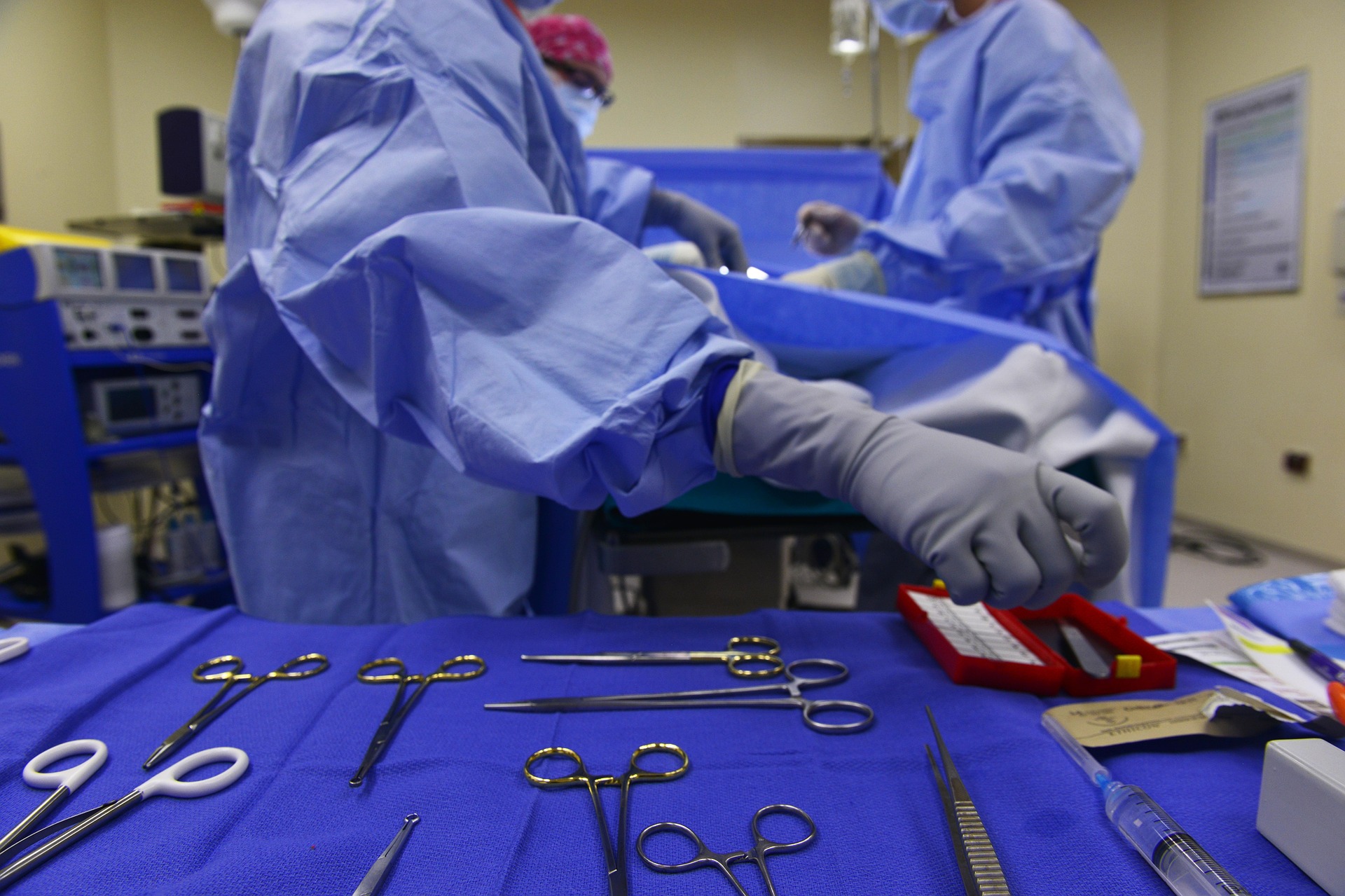Procuring Innovation: a small Polish Hospital shows the world how to do it
In speaking with public and private sector clients, we distinguish between traditional and innovative procurement methodologies. Traditional approaches work best for foreseeable needs. Things can often be improved but generally the solutions are known, there is perfect knowledge (or as close to it as can ever be the case) and limited room for disruptive innovation. Innovative procurement methodologies work best for needs that are complex, hard to define and/or not fully understood.
This said, sometimes great leaders challenge everyday assumptions and demand a better solution to day-to-day needs. In the case about to be outlined, this saw a routine category item being designated as not fit for purpose forcing buyers to find a solution that was fit for purpose.
The county hospital in Rawicz, Poland (pop. 69,000) provides an example that could save tens of millions across the EU each year if their example was followed. Their example could save billions globally if their drive and refusal to accept what the market was offering was more applied more generally on routine items.
The problem
The county hospital was facing into a major refurbishment programme to meet new clinical standards for the hospital. The hospital was a member of a special project (an EU funded healthcare network) and this opened up the opportunity to use procurement innovation in the works (building) contracts it would issue to meet the new clinical standards. The CEO knew that procurement innovation involved a learning curve however and decided to pilot procurement innovation first. Staff uniforms (about as routine an item as you could get) had not been satisfactory for some time. The previous generation did not meet user expecatations and life cycle costs (durability, cleaning etc.) had not been taken into account. The CEO decided that Rawicz would source and commission the best uniforms the market could supply for its pilot.
What they did
Through the EU healthcare network, the hospital was able to develop its innovation procurement approach and learn from other network members. They used a research phase to talk to potential suppliers and introduced outcome based specifications and whole life costing to their purchasing team.
Staff were extensively consulted to develop the outcome based specifications. Incorporating the staff feedback and translating them into a market specification for their requirements led the purchasing team to realise that they would get a better outcome by collaborating with other hospitals. They convinced a further eleven hospitals employing over 13,000 people to join their innovation programme. Due to the increased size of the tender, a PIN (prior information notice) was placed in the officical journal of the EU. The requirements were also published at a national and international level.
Using a technical dialogue, market knowledge was gathered in advance of the tender. Three companies were given the chance to trial their products with staff members over a period of three months. This trial identified a number of advantages for one supplier who developed a fabric that was resilient, fast drying, stain resistant and high performing in quality and functionality. The testing phase was also used to obtain style and cut changes.
A clear winner emerged.
The result
Rawicz signed an initial contract with a local company that developed a product made from 50% polyester and 50% tencel (a sustainable, natural, eucalyptus derived product). The list price was 15% more expensive than conventional options but as over 80% of uniform costs are life cycle costs, it was estimated that these uniforms would deliver savings of up to 20% over the other options.
This was the first time award criteria were used to assess factors other than purchase price on routine items. The suppliers competing in the process found the technical dialogue a positive process because they could all differentiate on factors other than price, something that they would otherwise find it difficult to achieve.
Key lessons for buyers
There are great solutions in the marketplace for buyers that look for them. Faced with the choice between the zero sum game of russian front negotiation with a conventional supplier on sub-optimal uniforms and developing a positive, innovation partnership with an apparel manufacturer, Rawicz County Hospital chose a path that should be an inspiration to others in the Healthcare sector and beyond it.

